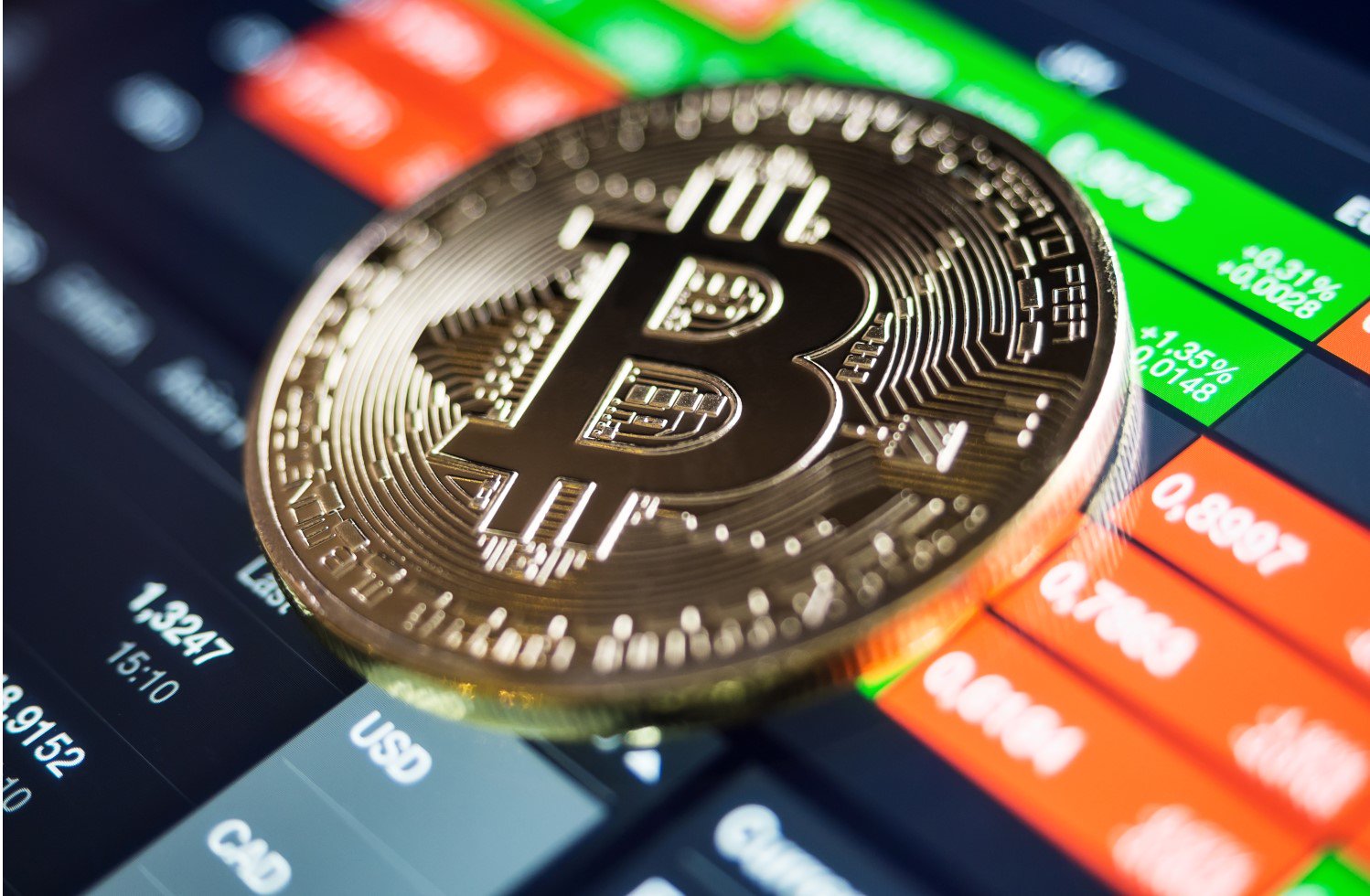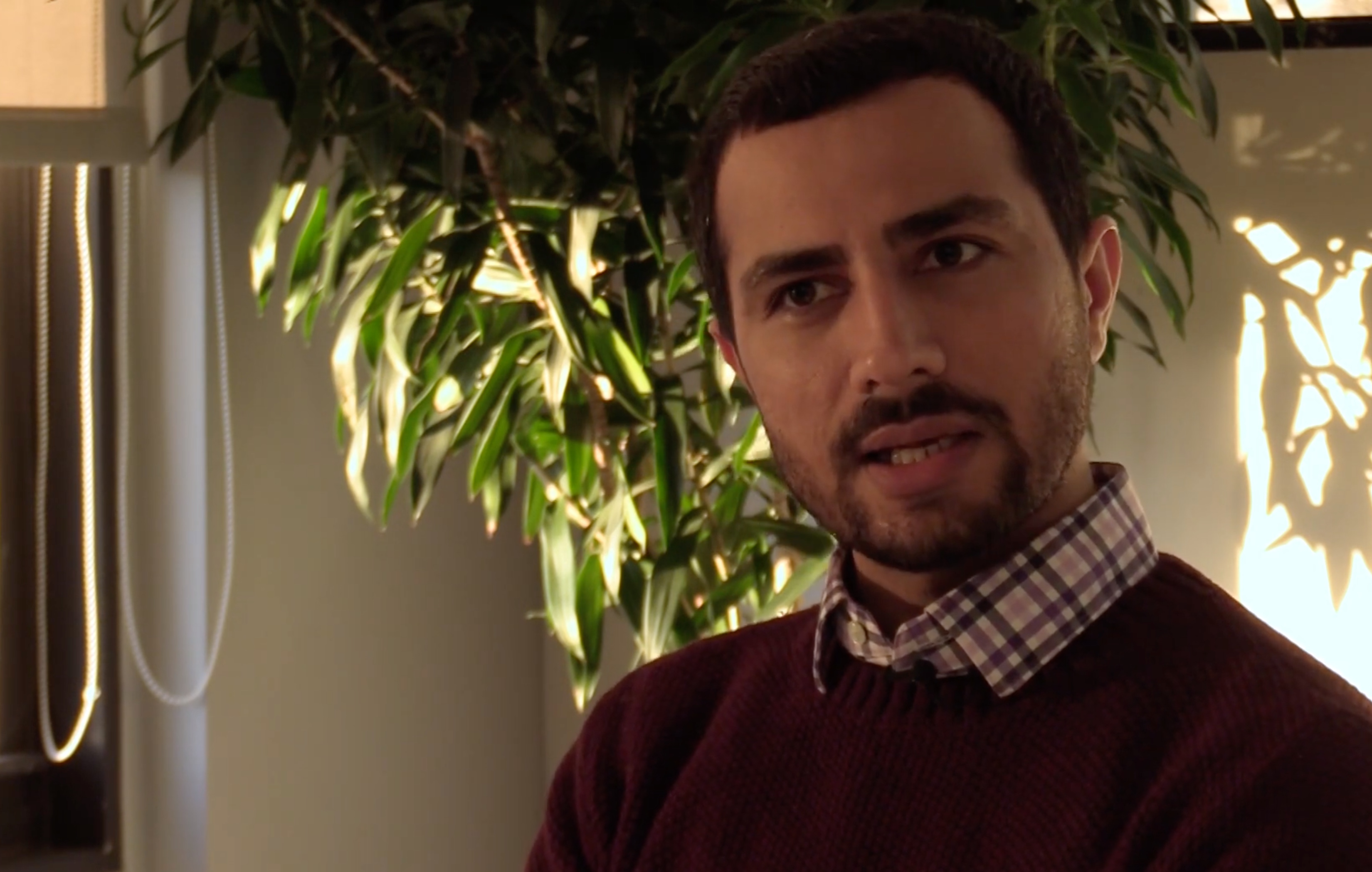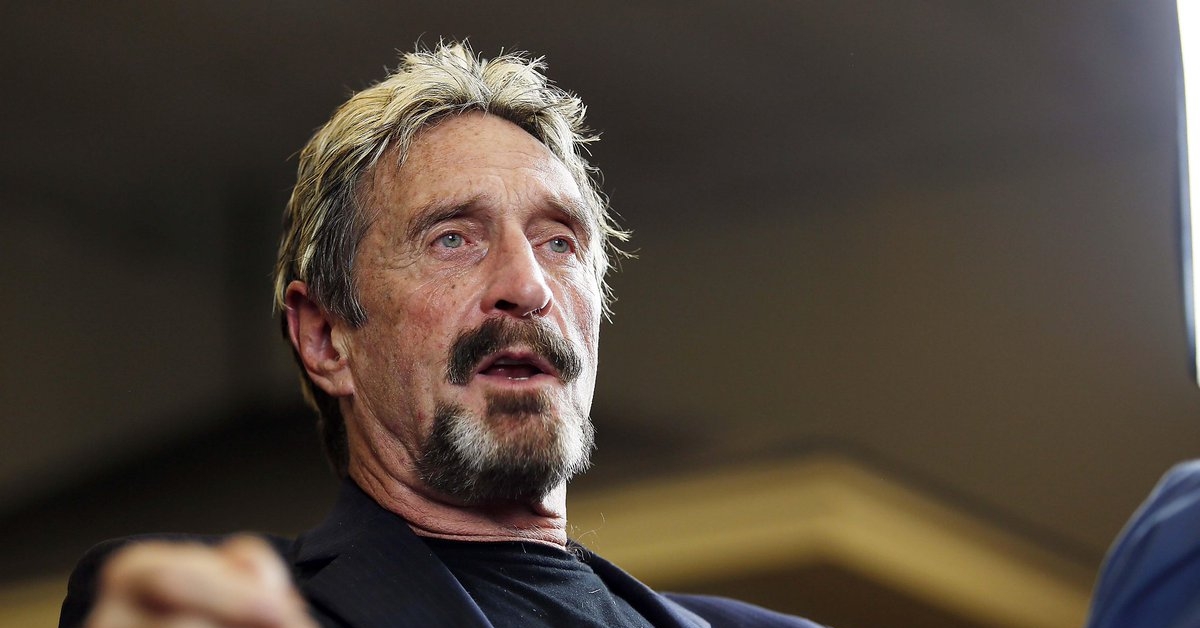Binance Got Huge Due to U.S. Customers. That Was Illegal, U.S. Says
/arc-photo-coindesk/arc2-prod/public/LXF2COBSKBCNHNRE3WTK2BZ7GE.png)
Binance relied in its early days on American customers for the bulk of its revenue, its trading activity and thus its status as the world’s largest crypto exchange.
Charging documents unsealed Tuesday against the exchange and its founder Changpeng Zhao – better known as CZ – detail years of compliance failures and obfuscation in the name of protecting Binance’s most valuable – and off-limits – users. But Binance wasn’t allowed to service those customers because it wasn’t a registered U.S. business, according to the government.
Binance targeted growth in the U.S. market, especially among “VIP” users who drove the exchange’s trading volume and thus its revenue. These power users and their liquidity helped make Binance a juggernaut in crypto trading. According to the government, Binance’s executives “tracked and monitored” the exchange’s performance in the U.S. market and even touted their success.
As much as 30% of the exchange’s web traffic (and just as much revenue) originated in the U.S. in early 2018, the filing said. When CZ learned about this, he said Binance should block IP addresses and implement know-your-customer requirements because “it’s better than losing everything.”
In spite of this, CZ and Binance squirreled away their most valuable U.S. users through an API that allowed them to keep using the main exchange, according to the government. This came even as Binance launched a separate U.S. exchange – Binance.US – that implemented KYC requirements lacking on the main exchange.
In June 2019, CZ and other high-ranking Binance officials “encouraged” the high-value U.S. clients to “conceal and obfuscate their U.S. connections.” The Binance officials discussed these strategies on recorded calls and directed staff to assist these customers in compliance evasion, like dropping hints that they should use a different IP address.
By September 2020, some 16% of the main exchange’s customer base came from the U.S. – making it Binance’s most important country despite its prohibitions. “The following month” Binance relabeled its corresponding pie chart, replacing the “United States” userbase label with “UNKWN.”
These customers generated “trillions of dollars in transactions” for Binance and generated $1.6 billion in profit between August 2017 and October 2022.
Failure to AML
Binance’s compliance failures also led it to process hundreds of millions of dollars in transactions originating from darknet marketplaces including Hydra and crypto mixing services including BestMixer.
Sometimes Binance’s staff would become aware that criminals were using the site but let them continue anyway, “particularly if they were VIP users.” Instead of booting the illicit exchange users, they were instructed to check their status and maybe give a slap on the wrist with a warning not to route money from the darknet market again.
The fast and loose mindset had massive ramifications for Binance’s compliance with the U.S. sanctions regime. To put it bluntly, it did nothing to ensure money wasn’t flowing between the U.S. and Iran.
Inside the belly of every exchange is a matching engine: the piece of computer code that helps move coins between buyers and sellers. Binance’s engine matched users in the U.S. to those in Iran. According to the filing, Binance caused “at least 1.1 million” illegal transactions worth nearly $900 million.
CZ and his deputies knew their matching engine could lead to Binance violating U.S. laws but did little to stop it, the government said. The only solution was to implement KYC on all users, a step they did not fully take until May 2022.
Internally, CZ recognized the risks of sanctions violations and the need for remediation as early as 2018, per the document. But Binance “refused to devote significant resources to” fixing the hole.
Amid all this was the question of where Binance was actually based. CZ and his company were “intentionally vague” about their HQ for years, with executives hopping between Asia and the Middle East. Their hope was the globetrotting would “make Binance more difficult to regulate.”
Edited by Nick Baker.








